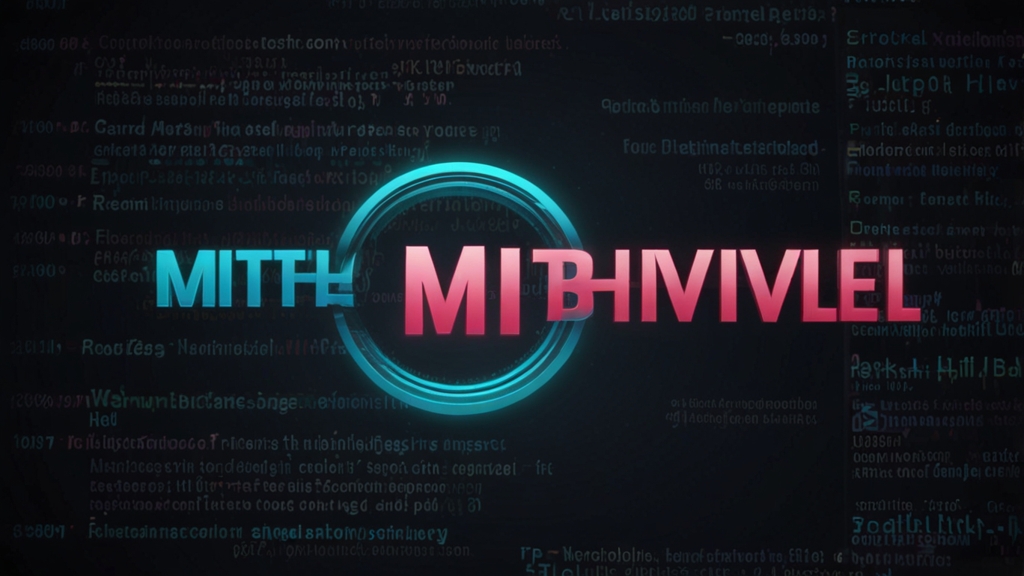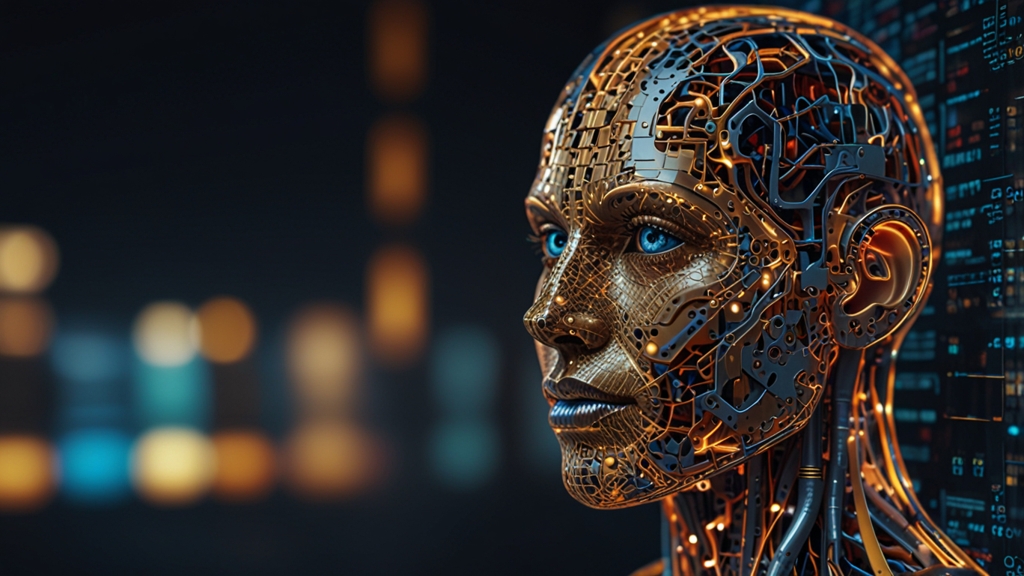Future-Proofing Your Skills: Web Development Trends to Watch
The landscape of web development is ever-changing. To stay relevant and competitive, developers need to continuously adapt and evolve their skill sets. In this article, we'll explore some emerging trends in web development that are likely to shape the future of the industry. By understanding and embracing these trends, you can future-proof your skills and ensure long-term success.
1. Progressive Web Apps (PWAs)
Progressive Web Apps are web applications that offer an app-like experience while being accessible through a web browser. PWAs combine the best of both web and mobile apps, providing users with offline access, push notifications, and a fast, smooth experience.
"According to Gartner, PWAs will replace 50% of general-purpose consumer apps by 2025."
To stay ahead, developers should become proficient in building PWAs using tools like Service Workers, Web App Manifests, and modern JavaScript frameworks such as React and Angular.
2. Serverless Architecture
Serverless architecture is a model where the cloud provider manages the server infrastructure, allowing developers to focus on writing code rather than dealing with server management. This can lead to cost savings, increased scalability, and reduced complexity.
Familiarity with platforms like AWS Lambda, Google Firebase, and Microsoft Azure Functions will be increasingly valuable as more companies adopt serverless models for their web applications.
3. Static Site Generators (SSGs)
Static Site Generators create fast, secure, and SEO-friendly websites by compiling raw data and templates into static HTML files during the build process. They offer an alternative to traditional dynamic content management systems (CMS) and are gaining popularity for their performance and simplicity.
"The JAMstack approach (JavaScript, APIs, and Markup) is revolutionizing web development by shifting focus to static sites and client-side rendering."
Developers should consider learning popular static site generators like Gatsby, Next.js, and Jekyll to stay relevant in this growing niche.
4. WebAssembly (Wasm)
WebAssembly is a binary instruction format that allows code written in multiple languages (such as C, C++, and Rust) to run on the web at near-native speed. This opens the door for more efficient and high-performance web applications.
As developers seek to build more resource-intensive applications, understanding WebAssembly and its integration with JavaScript will become increasingly important.
5. Enhanced User Experiences with Motion UI
Motion UI involves the use of animations and transitions to create more engaging and intuitive user experiences. Modern web applications are embracing motion design to guide users, provide feedback, and enhance overall interaction.
"A well-designed motion UI can significantly improve user satisfaction and increase time spent on a website."
Proficiency in CSS animations, SVG animations, and libraries like GreenSock (GSAP) will be useful for developers who aim to create captivating user experiences.
6. Artificial Intelligence (AI) and Machine Learning (ML)
AI and ML are transforming web development by enabling personalized and intelligent user interactions. From chatbots and recommendation engines to advanced data analytics, these technologies are becoming integral to modern web applications.
Gaining experience with AI and ML frameworks such as TensorFlow.js, PyTorch, and scikit-learn, as well as integrating APIs for natural language processing and computer vision, will give developers a competitive edge.
Conclusion
The web development industry is moving at a rapid pace, and staying ahead of the curve requires continuous learning and adaptation. By focusing on emerging trends like PWAs, serverless architecture, static site generators, WebAssembly, motion UI, and AI/ML, developers can future-proof their skills and thrive in an ever-evolving landscape.
Embrace these trends, invest in your professional growth, and position yourself for success in the dynamic field of web development.












